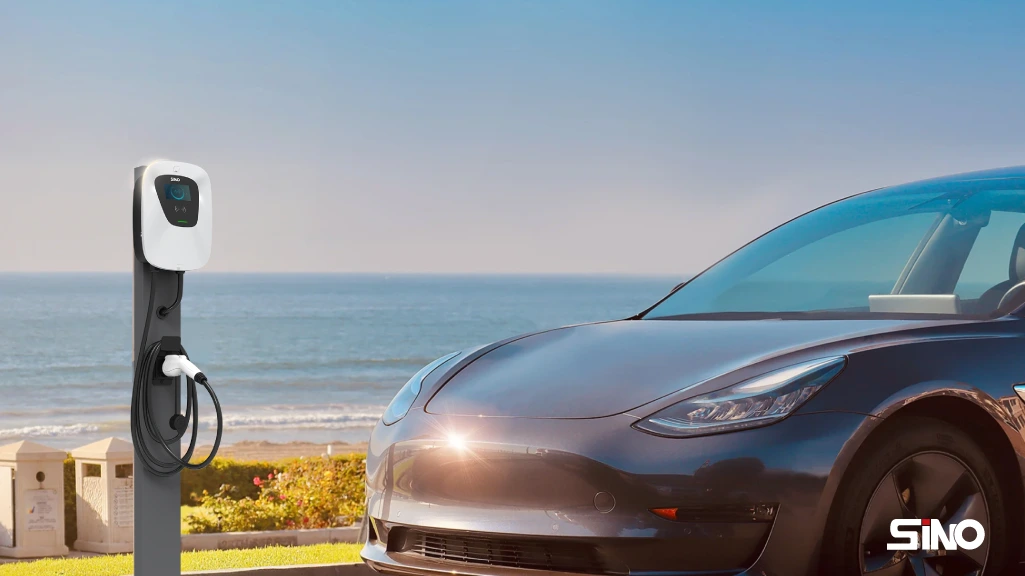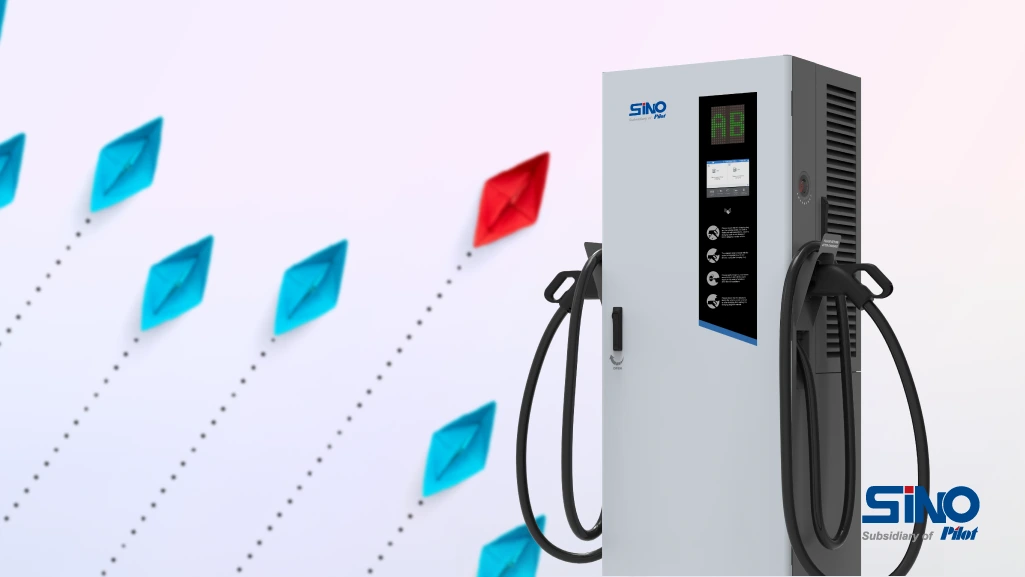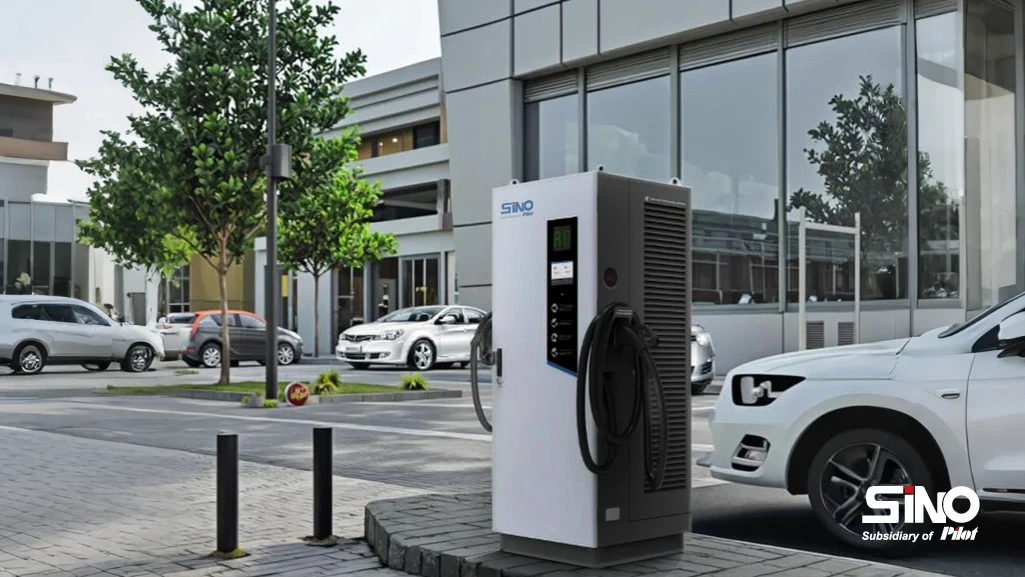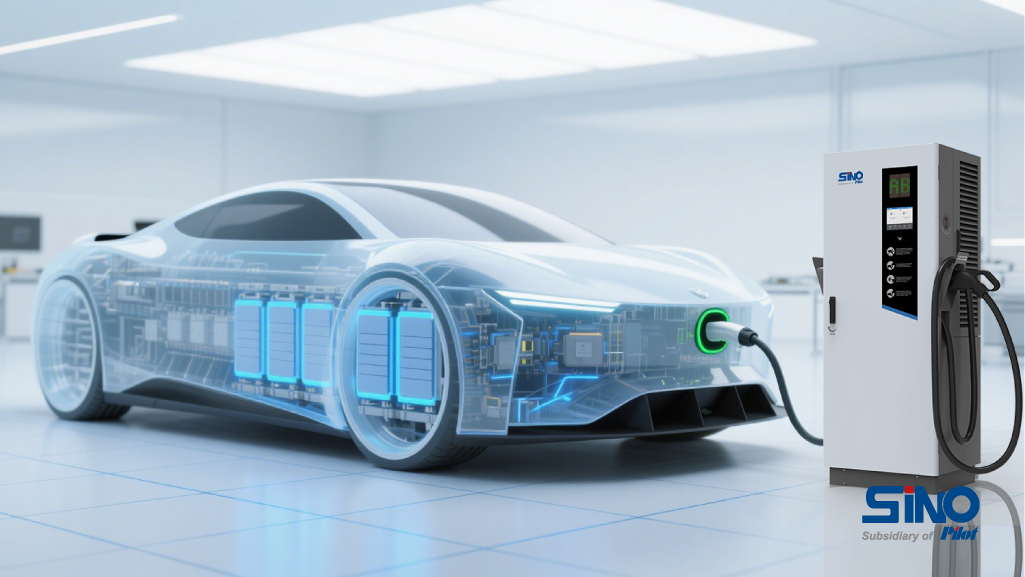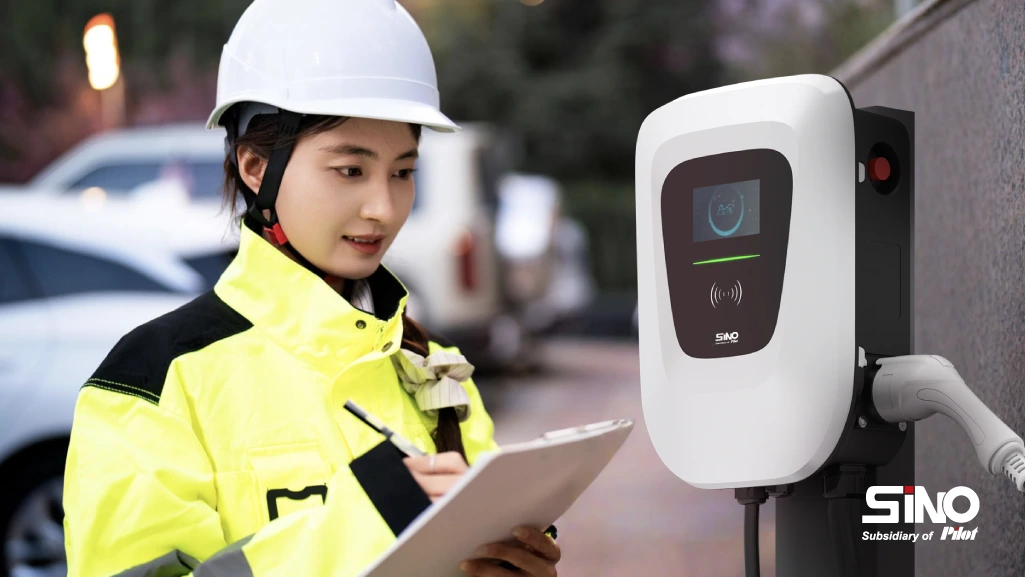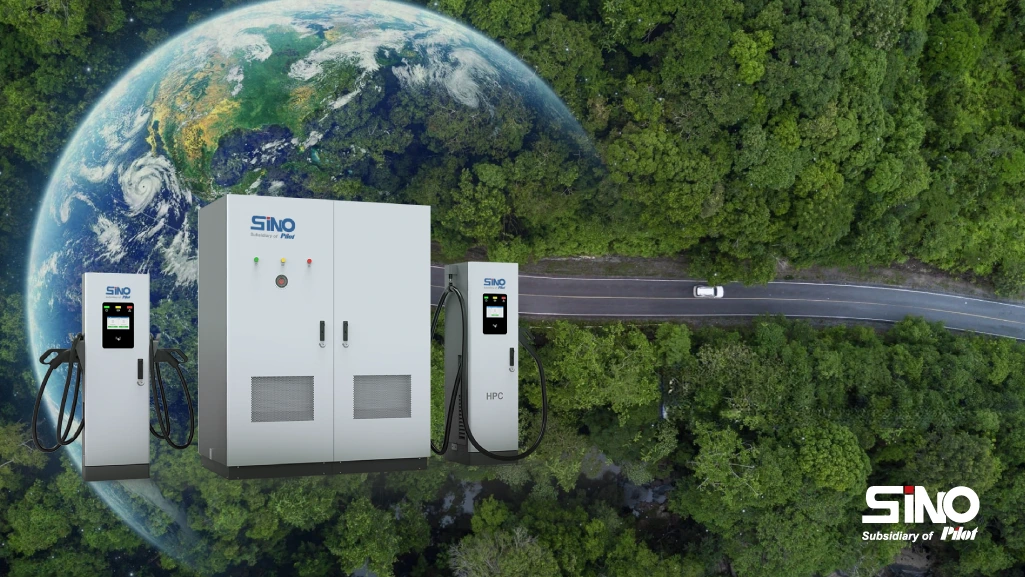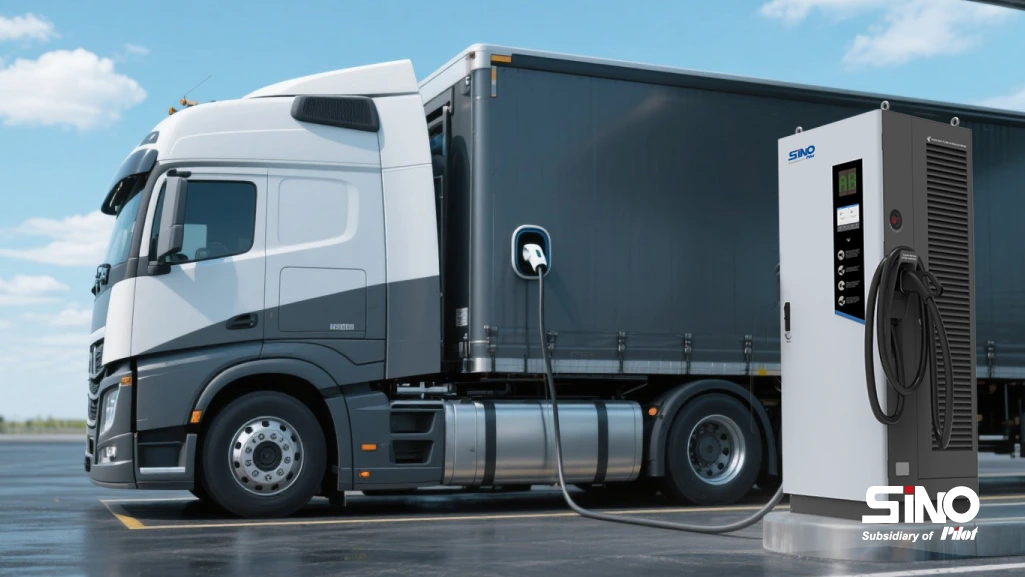As more electric cars hit the road, the charging issues and problems that drivers may encounter at home and on the road have been occurred. Yet, it is also an opportunity or a challenge for improvement.
Common Issues When Charging at Home
Troubles with home charging can seem overwhelming. Here are some of the most common electric car charging problems at home.
Damaged Charging Cable
Charging cables not only deliver electric power from the charge point to your car’s battery, they also influence the speed at which your vehicle charges. A damaged or inadequate cable could result in slower charging times, increased energy loss and, in extreme cases, could pose safety risks such as electric shocks or fires. A simple, but effective, step is to inspect the cable for visible damage, such as cracks, frayed ends or exposed wires. And you may consider the replacement of a charging cables for three occasions: physical damage, charging inconsistencies or scheduled replacement.
Loose Connectivity
Repeated plugging and unplugging or physical stress can cause the charging cable to become loose or the charging port contacts to wear out. This can result in intermittent charging or a complete failure to charge.
Inspecting the cable connections and charging port for any signs of wear or damage and ensuring a secure connection can help overcome this issue. If your charging connector is fully plugged in and you’re seeing the battery stop charging, or never begin charging at all, your home charger might need to be repaired or replaced.
A Domestic Extension Lead or Cord
EV charging requires far more power than your other standard household appliances, and most domestic extension cords are simply not designed to transfer that much power. Not only are they more likely to give you an electric shock, but they can also increase the risk of electrical fires.
Overheating cords can melt plugs and receptacles, and the fire danger is greater when left unattended overnight or while you’re not home. Another safety risk is electric shock. An EV charging cable is more volatile when connected to an extension cord.
An extension cord is for emergency use; ideally, you plan to recharge without using it.
You can think of the extension cord as the equivalent of the fuel can. You use it to get sufficient battery power to drive your car to a service station, but most drivers plan their journeys to avoid using it.
Poor Internet Connectivity
Many smart charging stations are equipped with features that rely on a stable internet connection to charge your electric car’s battery. If the charger’s internet connectivity is poor or disrupted, it can lead to issues such as slow charging speeds, charging interruptions, or even a complete failure to charge.
Verifying the internet connection and troubleshooting network-related problems, such as router placement, signal strength, or firewall settings, can help restore proper functionality to the charger.
Software Updates
Like any other smart device, EV chargers often require regular software updates to improve performance, enhance compatibility, and fix bugs or vulnerabilities.
Neglecting to update the charger’s software can lead to operational issues or incompatibility with newer EV models.
Checking for firmware updates on the charger manufacturer’s website or using a dedicated smartphone app can ensure that the charger remains up to date and functions optimally.
Faulty Wall Charger
Sometimes, the issue lies with the EV charging station itself. Components within the station can fail due to wear and tear, manufacturing defects, or environmental factors. A faulty EV charge point may exhibit issues such as little or no power output, inconsistent charging, or intermittent connectivity. You may check your wall charger still online and if you can access its menus or log in to its app? If everything here looks good, the next step is to check the wall box for any visible signs of damage, such as frayed wires, cracks or burn marks. You can also contact the charger manufacturer or a professional electrician experienced in EV charging systems who can help diagnose and repair the faulty components.
Common Issues with Public EV Chargers
The Lack of Charging Stations
Demand for electric vehicles is on the rise but there are not enough charging stations that match the demand for electric vehicles.With sufficient charging stations, EV owners can find convenient locations to charge their vehicles. The need for charging infrastructure is problematic during long journeys or in areas with sparse charging coverage.
This can be solved initially by providing a few charging points at fuel stations, as the availability of fuel stations is sufficient in the journey.
The Wrong Connector and Compatibility Issues
Here, compatibility means the type of plug, power requirements and app the user uses. This can result in charging failures or inefficiencies, which prevents EV owners from effectively using available charging infrastructure, so you should know what type of charger your car uses. Compatibility issues can be solved by using standard charging protocols and increased interoperability between charging stations and EVs. Over time, you can put together a list of charging stations with compatible chargers.
Slow Charging Speed
It takes hardly 5 minutes to refuel a traditional car, but it becomes a problem for EV owners as it takes time to recharge the battery. Slow charging speeds can be frustrating for EV owners, as it can prolong the time needed to recharge their vehicles. Factors such as the type of charging station, the vehicle’s battery capacity, and the charger’s power output can affect charging speed. Improvements in charging technology, including the development of faster charging stations and advancements in battery technology, are essential to address this issue.
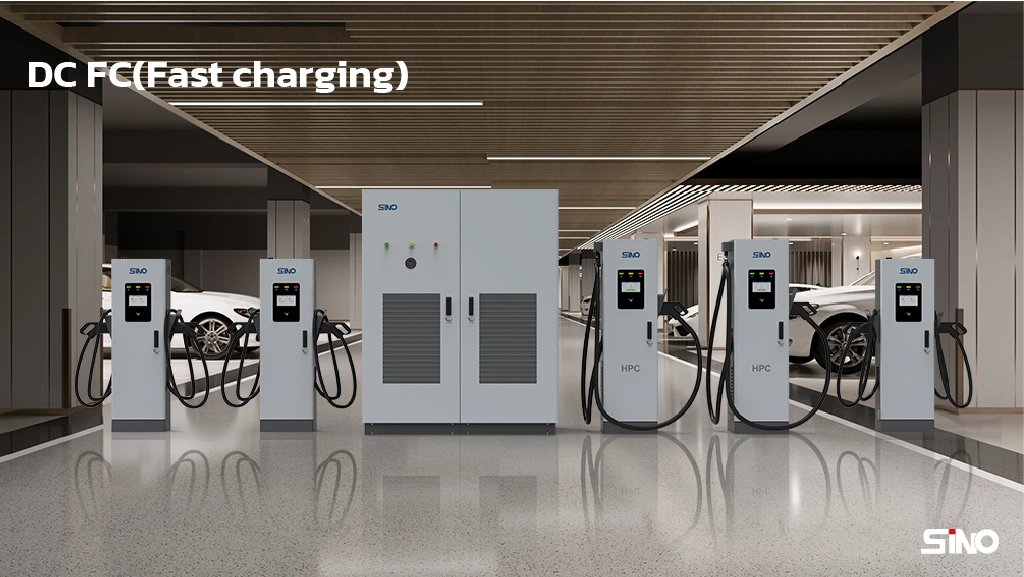
EV Charging Apps
Many personal EV and professional fleet drivers have complained about needing to install dozens or more EV charging apps on their smartphones. Every provider has their own charging app, users have to download the compatible app to recharge their electric vehicles and make the payment. This can result in an inconvenient and confusing experience for them, each with its unique interface, pricing structure, and payment methods. Furthermore, the need to install and manage several apps can take up valuable storage space on users’ devices and consume more data. This lack of a unified platform for charging services impedes the user experience, deterring prospective EV buyers and slowing the industry’s overall growth.
But EV charging apps play a crucial role in facilitating access to charging infrastructure and enhancing the charging experience for EV owners. Improving EV charging apps’ functionality, usability, and reliability can help ease the charging process and provide users greater convenience and peace of mind.
Payment Difficulty
Difficulties with payment processing, such as outdated payment systems, incompatible payment methods, or complex payment procedures, can impede EV owners’ ability to pay for charging services conveniently. Streamlining payment processes, offering multiple payment options, and ensuring secure and reliable transaction processing are essential to address payment difficulties and enhance the user experience at charging stations.
Charging Cable Management
Managing charging cables can be cumbersome for EV owners, particularly when using public charging stations. Issues such as tangled cables, insufficient cable length, and difficulty in handling heavy-duty cables can inconvenience users and detract from the overall charging experience. Designing user-friendly charging stations with intuitive cable management systems can help address this issue and improve the usability of EV charging infrastructure.
Data and Network Connectivity Problem
Network connectivity problems, such as network congestion, poor cellular reception, signal interference, or problems with the charging station’s communication hardware can disrupt communication between EVs and charging stations and will lead to various issues, from the inability to initiate a charging session to incorrect billing for the power consumed. In such case, the owner or the investors of the EV charging stations will need to enhance the network infrastructure and implement backup solutions. Regular software updates and maintenance are crucial to ensure the smooth operation of EV charging stations and to address any potential vulnerabilities or bugs that might arise over time.
Unreliable Charging Infrastructure
Reliability issues with charging infrastructure, such as out-of-service stations, malfunctioning equipment, or inconsistent charging performance, also undermine the confidence of EV owners in the reliability of EV charging. Regular maintenance, quality assurance measures, and real-time monitoring of charging stations are necessary to ensure the reliability and availability of charging infrastructure.
Our social:
Facebook: www.facebook.com/sinoevc
Instagram: www.instagram.com/sinoevc
Linkedin: www.linkedin.com/company/sinoevse
Youtube: www.youtube.com/@sinoevc
Twitter: www.twitter.com/sinoevc

“Better Charging for Better Life”
—ZHUHAI SINO ENERGY TECHNOLOGY CO., LTD.




